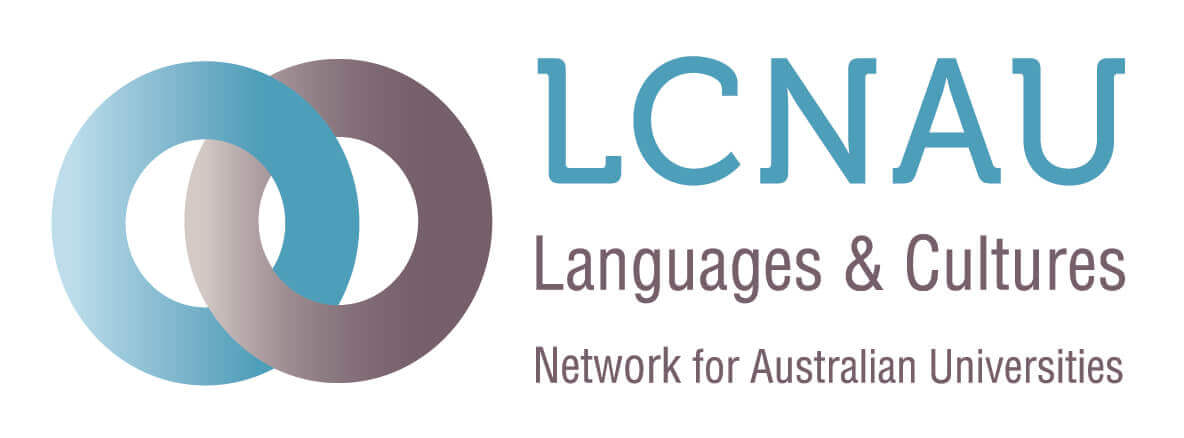Teaching Australian Indigenous languages in Universities (TAILU)
Facilitators
- Rob Amery, University of Adelaide
- John Giacon, Australian National University
About
In November 2017, at the LCNAU Annual General Meeting, a group of academics formalised its intention to start a working group to explore ways to support and promote the teaching of Aboriginal languages at Australian universities. This group, Teaching Australian Indigenous Languages in Universities (TAILU). is now one of LCNAU’s clusters. It aims to facilitate access to Indigenous language courses for students from all over Australia, including those at universities that currently do not offer such courses. This will involve networking with other universities and supporting cross-institutional enrolment. An eventual goal is to create a degree in Indigenous languages, possibly drawing from various courses from different universities. There is also a need to support and advocate for better training for teachers of Indigenous languages.
If you would like to be included in future discussions in this area, contact the facilitators.
Background
Before European invasion, Australia had around 500 Indigenous languages. Today, there are around 120 that are still spoken at some level, but only 12 that are still spoken by children (National Indigenous Languages Report, 2021). While awareness of, and concern for, the loss of Indigenous languages in Australia is slowly increasing, there is a notable absence of opportunities to study Indigenous languages at tertiary level.
The University Languages Portal Australia (ULPA) website currently lists seven languages which can be studied at universities in Australia:
- Arrernte at Charles Darwin University
- Bininj Kunwok (Kunwinjku) at Charles Darwin University
- Gamilaraay at Australian National University and University of Sydney
- Kaurna at University of Adelaide
- Pitjantjatjara at University of South Australia
- Wiradjuri at Charles Sturt University
- Yolŋu Matha at Charles Darwin University
In his 2007 article “Aboriginal language habitat in research and tertiary education,” Rob Amery writes:
Indigenous languages must be regarded as a special case. They are, after all, Australia’s unique irreplaceable linguistic heritage. New ways must be found to deliver courses in and about Indigenous languages, and to deliver courses that impart skills needed for language work in the community and schools. These are life and death issues.” (Amery, 2007, pp. 345-346)
Useful Readings
National Indigenous Languages Report. (2020). Department of Infrastructure, Transport, Regional Development and Communications, Australian Institute for Aboriginal and Torres Strait Islander Studies and Australian National University. Available here
Amery, R. (2007). Aboriginal language habitat in research and tertiary education. In G. Leitner & I. G. Malcolm (Eds.), The Habitat of Australia’s Aboriginal Languages: Past, Present and Future (pp. 327–353). Berlin: Mouton de Gruyter.
Amery, R. (2020). Teaching Aboriginal Languages at University: To What End? In J. Fornasiero, S. M. A. Reed, R. Amery, E. Bouvet, K. Enomoto, & H. L. Xu (Eds.), Intersections in Language Planning and Policy: Establishing Connections in Languages and Cultures (pp. 475–489). Springer. https://doi.org/10.1007/978-3-030-50925-5_29
Gale, M.-A. (2011). Rekindling warm embers: Teaching Aboriginal languages in the tertiary sector. Australian Review of Applied Linguistics, 34(3), 280-296. https://doi.org/10.1075/aral.34.3.02gal
Giacon, J. (2020). How Universities Can Strengthen Australian Indigenous Languages. The Australian Indigenous Languages Institute. In J. Fornasiero, S. M. A. Reed, R. Amery, E. Bouvet, K. Enomoto, & H. L. Xu (Eds.), Intersections in Language Planning and Policy: Establishing Connections in Languages and Cultures (pp. 523–539). Springer. https://doi.org/10.1007/978-3-030-50925-5_32
Giacon, J., & Simpson, J. (2011). Teaching Indigenous languages at universities. In Selected Proceedings of the Inaugural LCNAU Colloquium, 2011. Melbourne, VIC. Available from https://www.lcnau.org/pdfs/lcnau_2011_giacon_simpson.pdf
Simpson, J. (2014). Teaching Minority Indigenous Languages at Australian Universities. In Proceedings of the 18th FEL Conference. (pp. 54-58). Okinawa: Foundation for Endangered Languages. Available here.
Announcement
TAILU Cluster Meeting
Venue: LCNAU colloquium, 24-26 November 2021
Mode: ZOOM
Exact time and date: tba
Please join us for the TAILU Cluster meeting, which is open to all, whether you are familiar with Australia’s Indigenous languages or not. Australia’s Indigenous languages are Australia’s unique linguistic heritage, but only a handful are currently taught in Australian universities. We hope to improve this situation by supporting existing programs and promoting and expanding course offerings.
The cluster meeting will be an opportunity for programs to share their progress and successes, as well as dreams and visions for the future. We can also discuss the challenges, barriers and blockages we face, and how we might address these.
